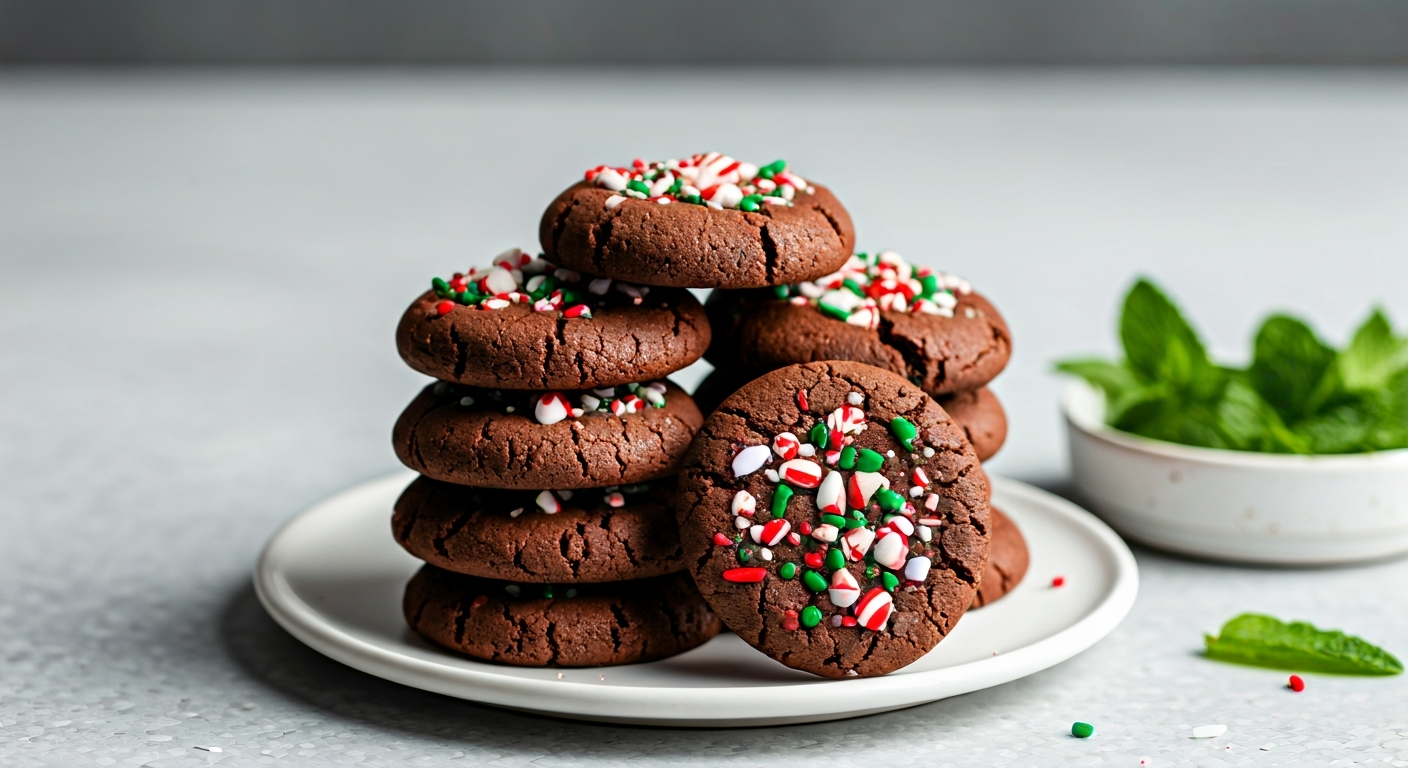The Top 8 Strategies for Effective Trade Promotion Marketing
Trade promotion marketing is a major force in the CPG marketing world, influencing how brands interact with retailers and ultimately, how products reach consumers.
Brands spend an estimated $500 billion annually on trade promotions in the U.S. alone, making it one of the largest marketing expenditures in the food retail marketing space.
However, studies indicate that a significant portion of these investments result in negative returns, highlighting the need for better promotion planning and revenue management marketing.
This article explores the importance of trade promotion marketing and what strategies food retail brands can employ to maximize their ROI.
What is trade promotion in marketing?
Trade promotion marketing is designed to incentivize retailers, distributors, and wholesalers to carry, promote, and sell a manufacturer’s products.
Unlike consumer promotions, which directly target shoppers, trade promotion marketing focuses on business-to-business incentives such as discounts, in-store displays, slotting fees, and loyalty programs.
For CPG marketing teams, trade promotions are essential for securing shelf space, driving product visibility, and increasing sales velocity in food retail marketing.
However, without the right revenue management marketing strategy, these efforts can lead to overspending and lost profitability.
8 strategies for effective trade promotion marketing
1. Collaborative planning
Work closely with retailers to align on shared objectives and strategies.
Establish clear goals to ensure promotional activities drive mutual value and foster long-term partnerships.
2. Data-driven insights
Leverage AI-powered analytics and historical data to design more effective promotions.
These insights can help you identify trends, predict outcomes, and measure the effectiveness of campaigns with accuracy.
3. Incentivize retailers
Motivate retailers to participate by offering attractive discounts, trade allowances, and performance-based rebates.
Providing financial incentives can strengthen relationships and encourage greater promotional efforts on their end.
4. In-store displays
Invest in premium in-store placements, such as eye-catching end caps, high-traffic aisle displays, or branded signage.
These strategies ensure your products stand out, increasing visibility and driving impulse purchases.
5. Co-marketing campaigns
Collaborate with retailers on joint marketing efforts, such as digital ads, in-store promotions, or social media campaigns.
Combining efforts can amplify your reach and drive greater customer engagement.
6. Seasonal promotions
Tie your promotional strategies to holidays, seasonal trends, or special events.
For example, offer discounts on grilling products during summer or themed offers during the holiday season to align with consumer buying habits.
7. Digital integration
Extend your trade promotions to the online space by utilizing e-commerce platforms.
Offer exclusive online discounts, bundling deals, or free shipping to reach digital shoppers and drive online sales.
8. Performance monitoring
Continuously track the ROI of your promotional strategies by analyzing results and gathering feedback.
Use this information to refine future strategies, identify what works best, and ensure ongoing success.
Types of trade promotions in CPG and retail
Discounts and allowances
One of the most common forms of trade promotion, discounts, and allowances help retailers move inventory faster. These include:
- Off-invoice discounts: Temporary price reductions on products purchased by retailers.
- Bill-back allowances: Retailers receive a rebate after a product is sold.
- Scan-back promotions: Retailers are reimbursed based on the number of units sold during a promotion.
These strategies encourage retailers to stock up on products and pass the savings to consumers, increasing overall sales.
In-store displays and end caps
Retailers prioritize visibility, and brands compete for premium in-store placement. End caps—displays at the end of aisles—offer prime real estate for product visibility.
Floor displays, shelf talkers, and demo stations are also powerful tools to drive trial and impulse purchases.
Buy one, get one (BOGO) and bundling
BOGO promotions appeal to both retailers and consumers, moving volume quickly.
Bundling, where complementary products are sold together at a discount, is a trade promotion strategy that helps retailers increase basket size while giving manufacturers an edge in pricing negotiations.
Slotting fees and pay-to-play strategies
Retailers often charge slotting fees for premium shelf space, especially for new product launches.
These fees can be a significant cost but help guarantee visibility and consumer reach.
Pay-to-play promotions, where brands pay for product placements in retailer marketing materials, are also common.
Loyalty and rebate programs
Retailers benefit from long-term trade promotions like loyalty rewards and volume-based rebate programs.
These incentives encourage repeat purchasing and stronger retailer-brand relationships.
Top retailers like Walmart and Kroger use data-driven trade promotion strategies to secure better shelf space, optimize discounts, and drive higher sales.
To stay competitive, brands need to understand what’s working at the retail level.
Read the Retail Earnings Report to see how the biggest players are shaping the future of trade promotion marketing.
Challenges in trade promotion marketing
- Retailer compliance – Ensuring that retailers execute promotions as agreed.
- Overspending – Many brands lack real-time visibility into trade spend effectiveness.
- Slotting fees – High costs can eat into margins, making it hard for smaller brands to compete.
- Data limitations – Without the right tools, measuring promotion effectiveness is difficult.
- Changing consumer behavior – Traditional promotions may not work as well in e-commerce and omnichannel environments.
Measuring trade promotion marketing ROI and performance
The biggest challenge in trade promotion marketing is measuring ROI.
Brands must track:
Sales Lift: How much extra revenue did the promotion bring in? This helps brands figure out the financial impact of their campaigns.
Retailer Engagement: Did retailers fully support and carry out the promotion as planned? Strong collaboration with retailers is key to successful trade promotions.
Customer Retention: Did the promotion help build long-term loyalty? Keeping customers coming back is essential for sustainable growth beyond just short-term sales.
Revenue Management Integration: Trade promotions need to align with overall Revenue Management strategies. By making these campaigns part of a bigger revenue plan, brands can strike the right balance between discounts and profitability, ensuring both quick wins and long-term success.
FAQs
Focus on data-driven targeting, personalized promotions, and measuring post-campaign performance. Collaborating with retailers on exclusive insights can maximize impact.
Analytics reveal which promotions convert, when and where they’re most effective, and how shopper behavior shifts. This reduces waste and boosts ROI.
Lack of visibility, data silos, and poor forecasting are common hurdles. Centralized, real-time insight platforms like Tastewise help overcome these gaps.
Conclusion
Trade promotion marketing is a powerful tool for driving food marketing success, but only when executed with data-driven promotion planning.
With brands spending billions on trade promotions each year, smarter revenue management marketing strategies are critical for maximizing impact and minimizing waste.
For CPG leaders looking to improve trade promotion marketing, AI-driven insights and automation are the future.
Schedule a demo to learn how Tastewise can help optimize trade spend and accelerate go-to-market strategies.




